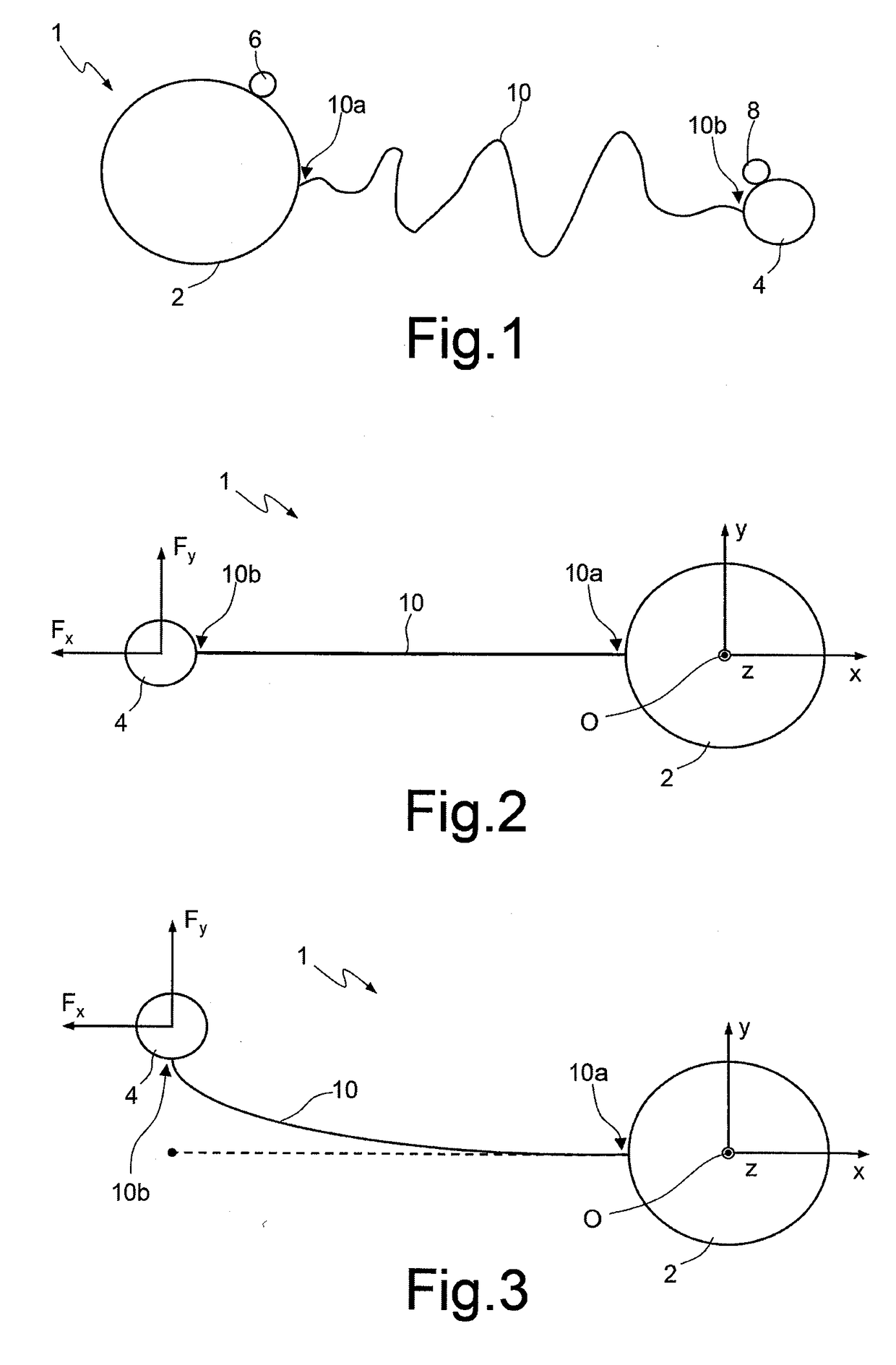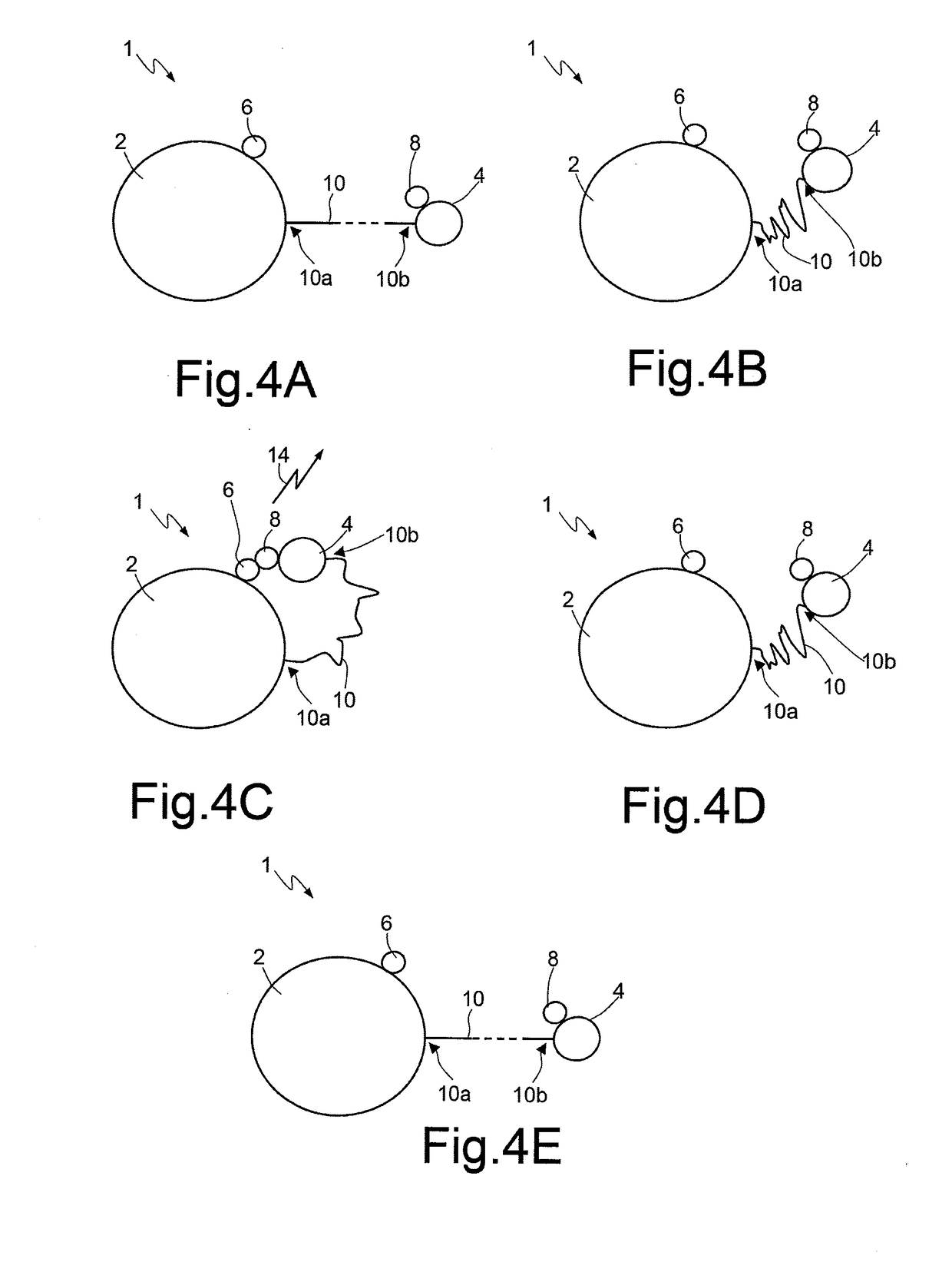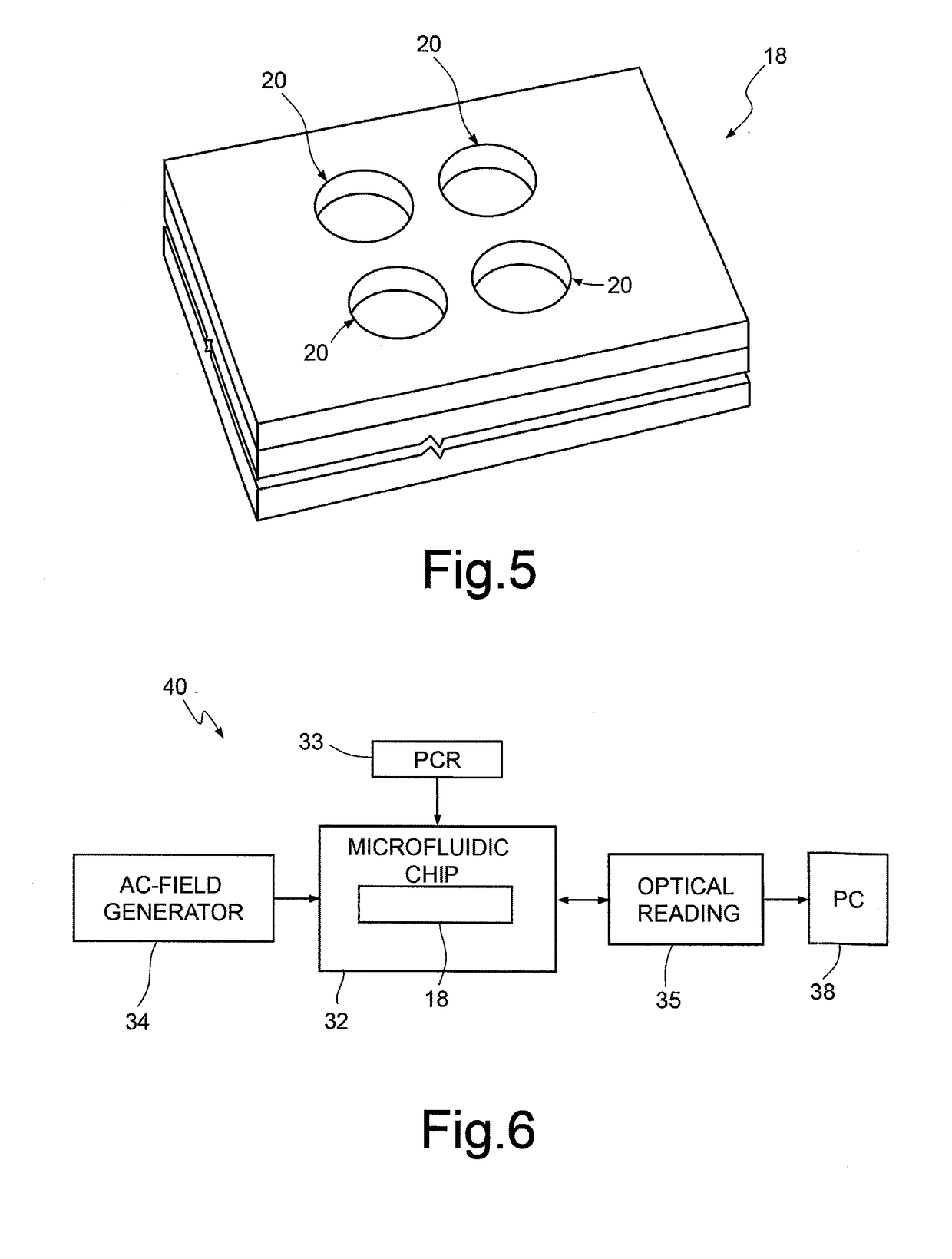Method and device for nucleic acid sequencing
a nucleic acid and sequencing technology, applied in the field of methods and devices for nucleic acid sequencing, can solve the problems of excessive cost and complexity of techniques, and the impracticality of sanger methods in portable biomedical devices,
- Summary
- Abstract
- Description
- Claims
- Application Information
AI Technical Summary
Benefits of technology
Problems solved by technology
Method used
Image
Examples
Embodiment Construction
[0021]According to the present disclosure, one embodiment provides a method for sequencing a macromolecule, in particular DNA, based upon the Sanger method, and in particular including the steps of preparing a sample and sequencing reaction according to the Sanger method without carrying out an electrophoresis step.
[0022]The Sanger method is per se known and thus is not described in detail herein, but a possible embodiment thereof is provided by way of example. The steps of preparation of the sample and of sequencing reaction require a single-strand DNA template (or template strand), a primer for starting the polymerization reaction, a DNA polymerase, and deoxynucleotides and dideoxynucleotides for terminating the polymerization reaction. The modified nucleotides (ddNTPs) or the primer, according to the present disclosure, do not have to be marked (either by radioactivity or by fluorescence) in so far as electrophoresis is not carried out. The DNA sample to be sequenced is divided i...
PUM
| Property | Measurement | Unit |
|---|---|---|
| Distance | aaaaa | aaaaa |
| Length | aaaaa | aaaaa |
| Force | aaaaa | aaaaa |
Abstract
Description
Claims
Application Information
 Login to View More
Login to View More - R&D
- Intellectual Property
- Life Sciences
- Materials
- Tech Scout
- Unparalleled Data Quality
- Higher Quality Content
- 60% Fewer Hallucinations
Browse by: Latest US Patents, China's latest patents, Technical Efficacy Thesaurus, Application Domain, Technology Topic, Popular Technical Reports.
© 2025 PatSnap. All rights reserved.Legal|Privacy policy|Modern Slavery Act Transparency Statement|Sitemap|About US| Contact US: help@patsnap.com



